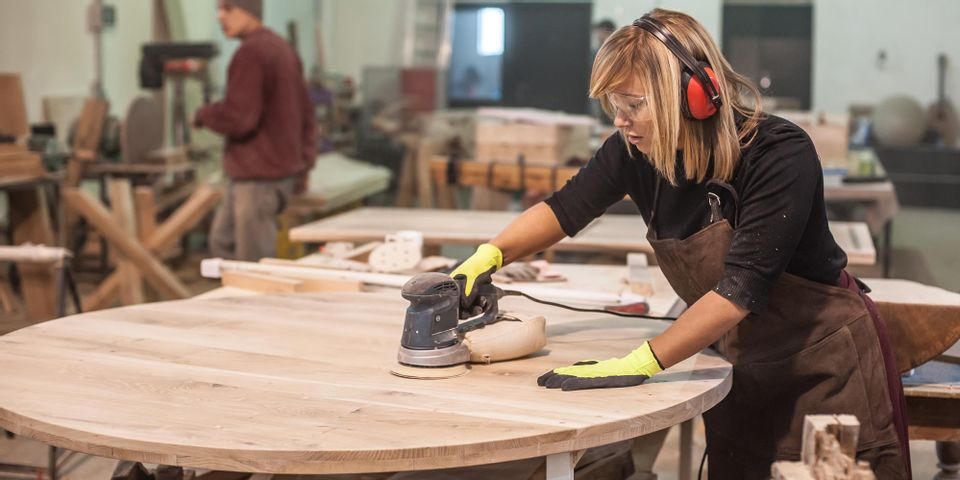
People often talk about millwork and casework when referring to the the style of edging for cabinetry and other wooden pieces. While these terms are sometimes used interchangeably, they are not actually the same. If you might plan a kitchen renovation soon, knowing the difference will help you communicate better with contractors and suppliers. For your benefit, Huber Lumber,, a Cincinnati, OH-based building material supplier, explains the main differences between these major forms of carpentry below.
Comparing Millwork & Casework
Millwork
 This term always refers to custom carpentry. If you have very specific or elaborate ideas for your cabinetry, architectural features like mantelpieces, moldings, ceiling trim or for furniture pieces, you’ll probably want millwork. This decorative approach draws attention to itself and can serve as a focal point in a room. Because of the high level of detail and customization required, it is usually more expensive than casework and can take longer to manufacture and install.
This term always refers to custom carpentry. If you have very specific or elaborate ideas for your cabinetry, architectural features like mantelpieces, moldings, ceiling trim or for furniture pieces, you’ll probably want millwork. This decorative approach draws attention to itself and can serve as a focal point in a room. Because of the high level of detail and customization required, it is usually more expensive than casework and can take longer to manufacture and install.
Casework
If you’re content with a simple box-shaped edge for your woodwork and have a limited remodeling budget, casework is ideal. Most factory-made cabinetry or furniture features casework, as this cost-effective carpentry technique is ideal for mass-production. You’ll often see it in modular shelving units, bookcases, and storage solutions. Many people appreciate its modularity, which allows it to be quickly installed in a variety of room layouts.
Interested in custom millwork for an upcoming project? Whether you’re a DIY-enthusiast looking to getting your hands dirty or would prefer to hire a professional contractor for the job, you’ll find all the building supplies and services you need at Huber Lumber. The one-stop shop caters to clients throughout Cincinnati, Norwood, Anderson, and West Chester, OH. They can be reached for quotes at (513) 731-4035. To learn more about their products and services, visit them online today.
About the Business
Have a question? Ask the experts!
Send your question

